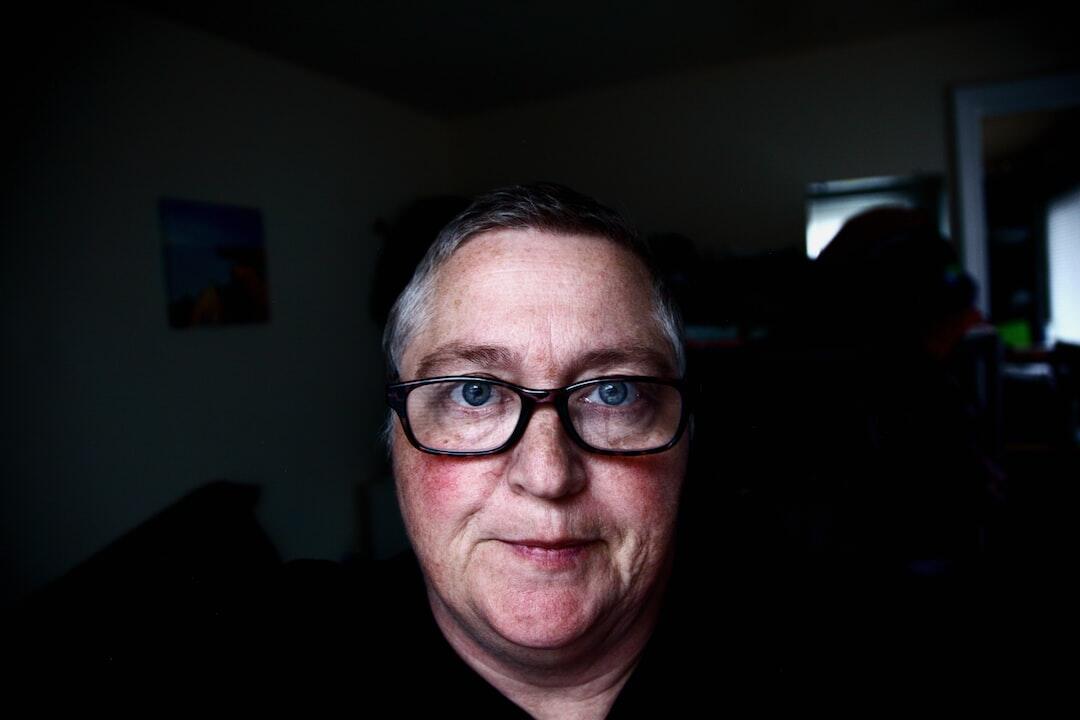
Diabetic Retinopathy: Causes, Symptoms, and Treatment

Did you know that by 2050, the number of Americans with diabetic retinopathy is estimated to be close to 15 million people? This number has doubled since 2010 and continues to grow.
Diabetic retinopathy is a complication of diabetes and can seriously affect the blood vessels in your eyes. If you have diabetes, it’s essential to control your blood sugar and keep your eyes healthy.
Are you interested in learning more about diabetic retinopathy? Then keep reading this guide to learn about its symptoms, causes, and treatment!
What Is Diabetic Retinopathy?
Diabetes affects blood circulation throughout your body, and it doesn’t skip your eyes. When you have high blood sugar levels, the blood vessels in your retina are affected too. The result of these events is diabetic retinopathy. In most people with diabetes, diabetic retinopathy is the number one cause of vision loss.
If you have diabetes, controlling your blood sugar levels is key to preventing diabetic retinopathy. In most cases, if you get your blood sugar under control, you can stop the early stages of diabetic retinopathy from occurring in the first place.
Diabetic Retinopathy Stages
There are four stages to diabetic retinopathy. The first stage is early diabetic retinopathy, also referred to as mild nonproliferative diabetic retinopathy (NPDR). In this initial stage, the blood vessels in your retina begin to change, which causes swelling and fluid to go in the retina.
If this initial stage continues, it will develop into the second stage, moderate nonproliferation retinopathy. In this stage, blood vessels continue to swell and change shape. Due to this, they can’t deliver enough blood supply to your retina. Ultimately this changes the way your retina appears.
The third stage is severe nonproliferative diabetic retinopathy. As diabetic retinopathy progresses into this stage, healthy blood vessels become blocked and cannot deliver blood to your retina at all. As a result, your body releases particular proteins that tell your retina to grow new blood vessels.
The final stage is proliferative diabetic retinopathy. In this stage, new blood cells grow inside your retina and into the jelly inside your eye called vitreous. The new blood vessels that grow are fragile and are more likely to bleed and leak fluid. Scar tissue forms and causes your retina to pull away, resulting in a retinal detachment. Once this happens, you’re at risk for permanent blindness.
Diabetic Retinopathy Causes
If you have diabetes and your blood sugar is not controlled well over time, you can develop diabetic retinopathy. Too much sugar in your blood leads to the blockage of the tiny blood vessels that supply the retina.
It’s important to remember that anybody with diabetes can develop diabetic retinopathy. The risk of developing diabetic retinopathy increases as a result of:
- Poor management of blood sugar levels
- High cholesterol
- Smoking
- If you have had diabetes for a long time
- High blood pressure
Diabetic Retinopathy Symptoms
Often you won’t experience any symptoms in the early stages, but as the condition progresses, you’ll start to notice changes in your eyes, such as:
- Blurry vision
- Distorted vision
- New color blindness or seeing colors that seem faded
- Night blindness or poor night sight
- Seeing dark spots or floaters
- Vision loss
People with diabetic retinopathy also experience fluctuating vision that is blurry at times but normal at other times. It’s crucial not to wait for diabetic retinopathy signs to see your doctor.
If you have diabetes, see your doctor at least once a year for a complete eye examination. Complications of diabetic retinopathy can lead to glaucoma and total vision loss.
Diagnosing Diabetic Retinopathy
You’ll need to see an ophthalmologist for an eye exam, and they’ll dilate your pupils to examine the inside of your eye. Your doctor will check for bleeding, abnormal blood vessels, and retina swelling.
Your ophthalmologist will also test how you can see, how your eye muscles function, and how your pupils react to light.
Often an ophthalmologist will order a fluorescein angiography test. During this test, a yellow dye is injected through a vein. The dye circulates around your blood vessels, including the blood vessels of your retina. A camera takes pictures as it goes through your retina and shows any blockages, fluid, or abnormal blood vessels.
Diabetic Retinopathy Treatment
In the early stages, diabetic retinopathy often doesn’t require treatment, but your doctor will send you for comprehensive eye exams every 3 to 4 months.
A considerable part of diabetic retinopathy treatment is managing your blood sugar levels. If you have diabetes, make sure you see your doctor regularly and find an affordable way to buy your medications.
If your diabetic retinopathy is more advanced, there are treatment options available. Laser treatment can shrink the blood vessels in the eye and stop leaks in any abnormal blood vessels. Laser treatment can slow down or even prevent the fluid buildup in the eye, but most people need more than one session.
Other treatments include steroid medication injections to reduce swelling and prevent the blood vessels in the retina from leaking. Injections are given after numbing and cleaning the eye, and many people need to get regular injections at first.
If you have severe problems with your eye or retina, you may need to have eye surgery called a vitrectomy. The goal of this surgery is to improve vision, repair bleeding, and replace cloudy vitreous. During the procedure, a surgeon removes cloudy vitreous and blood and inserts clear liquid or gas in its place. Over time, the body absorbs the liquid or gas and creates a new vitreous.
Diabetic Retinopathy
Remember, if you have diabetic retinopathy, there is a lot you can do to stop it in its tracks. Keeping your blood sugar in check is essential, and Kiwi Drug can help you do just that.
Kiwi Drug offers top-quality products at affordable prices, and in most cases, you can save more than 50% compared to what you would spend at your local drug store. Shopping with us is safe and secure, and you’ll receive an email as soon as your order is shipped.
Take charge of your vision, and visit our site today to see all the fantastic products we have to offer!
Related Posts

